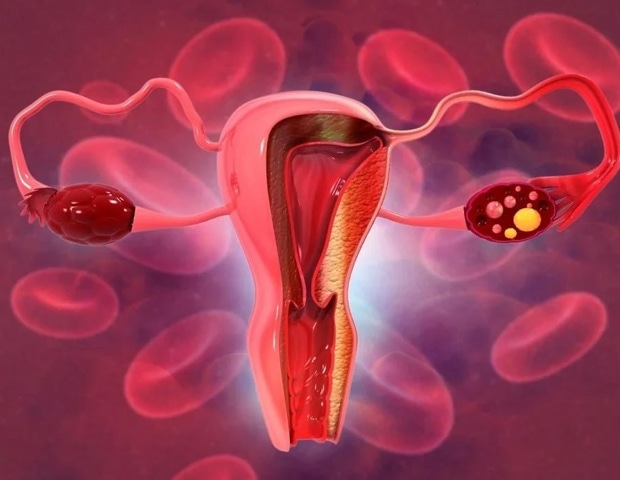Cervical cancer, a preventable and treatable disease, continues to cast a long shadow over women’s health worldwide, particularly in low and middle-income countries. It is the fourth most common cancer among women globally, and alarmingly, India accounts for a significant portion of the global burden. However, a powerful current of hope is sweeping across the globe: the vision of eliminating cervical cancer, driven by unprecedented global collaboration. This isn’t merely an ambitious healthcare goal; it’s a testament to what can be achieved when nations, organizations, and communities unite with a shared purpose.
The Global Blueprint: A Unified Front
The World Health Organization (WHO) launched its Global Strategy to Accelerate the Elimination of Cervical Cancer in 2020, setting clear, audacious targets for 2030: 90% of girls fully vaccinated with the HPV vaccine by age 15, 70% of women screened with a high-performance test by age 35 and again by 45, and 90% of women identified with cervical disease receiving treatment. Achieving these “90-70-90” targets requires not just medical advancements but a concerted, collaborative effort across borders.
This global strategy hinges on shared knowledge, pooled resources, and coordinated action. High-income countries contribute expertise in vaccine development, screening technologies, and advanced treatment protocols. Simultaneously, low and middle-income nations offer invaluable insights into community-based delivery models, resource-constrained healthcare management, and the socio-cultural nuances that impact public health interventions. Collaborative frameworks facilitate the transfer of technology, the standardization of best practices, and the mobilization of funding from international bodies like GAVI, the Vaccine Alliance, ensuring that critical tools reach those who need them most.
India’s Indispensable Contribution to the Global Effort
As a nation grappling with a high burden of cervical cancer, India’s role in the global elimination drive is pivotal. Annually, over 1.23 lakh women are diagnosed with cervical cancer in India, and more than 77,000 succumb to the disease. Recognising this challenge, India has significantly ramped up its efforts. The recent inclusion of the Human Papillomavirus (HPV) vaccine in the universal immunisation programme for girls aged 9-14 is a monumental step, expected to protect future generations from the disease. This move aligns perfectly with the WHO’s 90% vaccination target and demonstrates India’s commitment to preventive healthcare on a massive scale.
Beyond domestic implementation, India is a crucial player in global vaccine manufacturing. The development of indigenous HPV vaccines, such as Cervavac by the Serum Institute of India, is a game-changer. It promises to make the vaccine more affordable and accessible, not just within India but for other developing countries, thereby accelerating global vaccination efforts. Furthermore, India’s experience in managing large-scale public health campaigns and its robust pharmaceutical sector make it an indispensable partner in developing and deploying cost-effective screening and treatment solutions suitable for diverse global populations.
“The fight against cervical cancer is a collective journey, not a solitary race,” says a leading public health expert in Delhi. “When a nation like India, with its vast population and healthcare challenges, commits to this elimination goal and also innovates for global good, it doesn’t just uplift its own citizens; it strengthens the entire global health ecosystem. This is the true power of collaboration.”
Synergy in Action: Research, Resources, and Reach
The acceleration towards elimination is a direct result of diverse entities working in concert. International research collaborations are pushing the boundaries of vaccine efficacy, developing simpler screening methods adaptable for remote settings, and refining treatment protocols. Funding partnerships between governments, philanthropic organizations, and international agencies ensure that resources are directed where they are most needed, supporting everything from vaccine procurement to training healthcare workers in underserved areas.
Moreover, collaborative efforts extend to advocacy and awareness. Campaigns spearheaded by international NGOs, national health ministries, and local community groups are crucial in dispelling myths, educating communities about HPV vaccination and screening, and empowering women to seek timely care. This multi-faceted approach, integrating research, resource mobilisation, and community outreach, is creating a powerful ripple effect, steadily bringing the vision of a cervical cancer-free future closer to reality.
Global collaboration is not just a buzzword; it is the very engine driving progress towards eliminating cervical cancer. As India continues to strengthen its domestic efforts and contribute to global initiatives, the world moves closer to eradicating a disease that has needlessly claimed millions of lives. The momentum is building, promising a healthier future for women everywhere.




